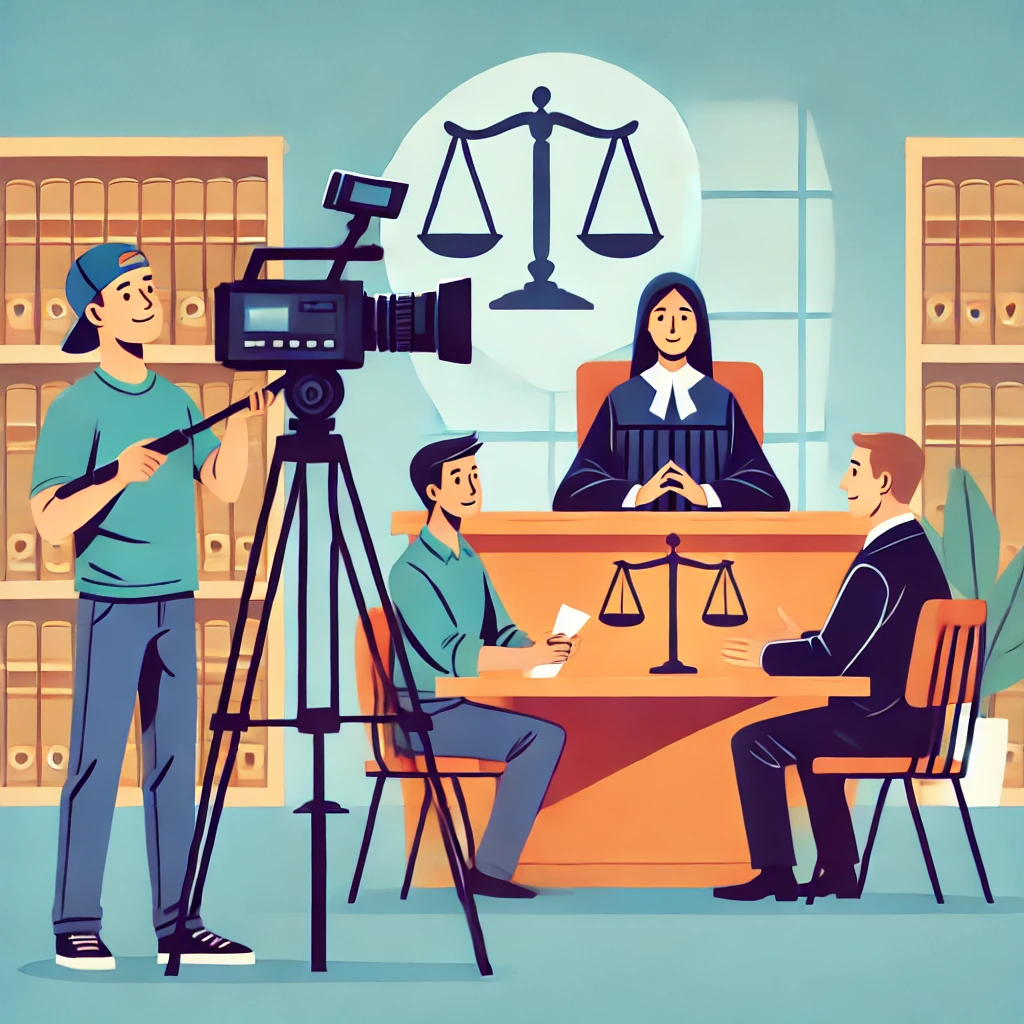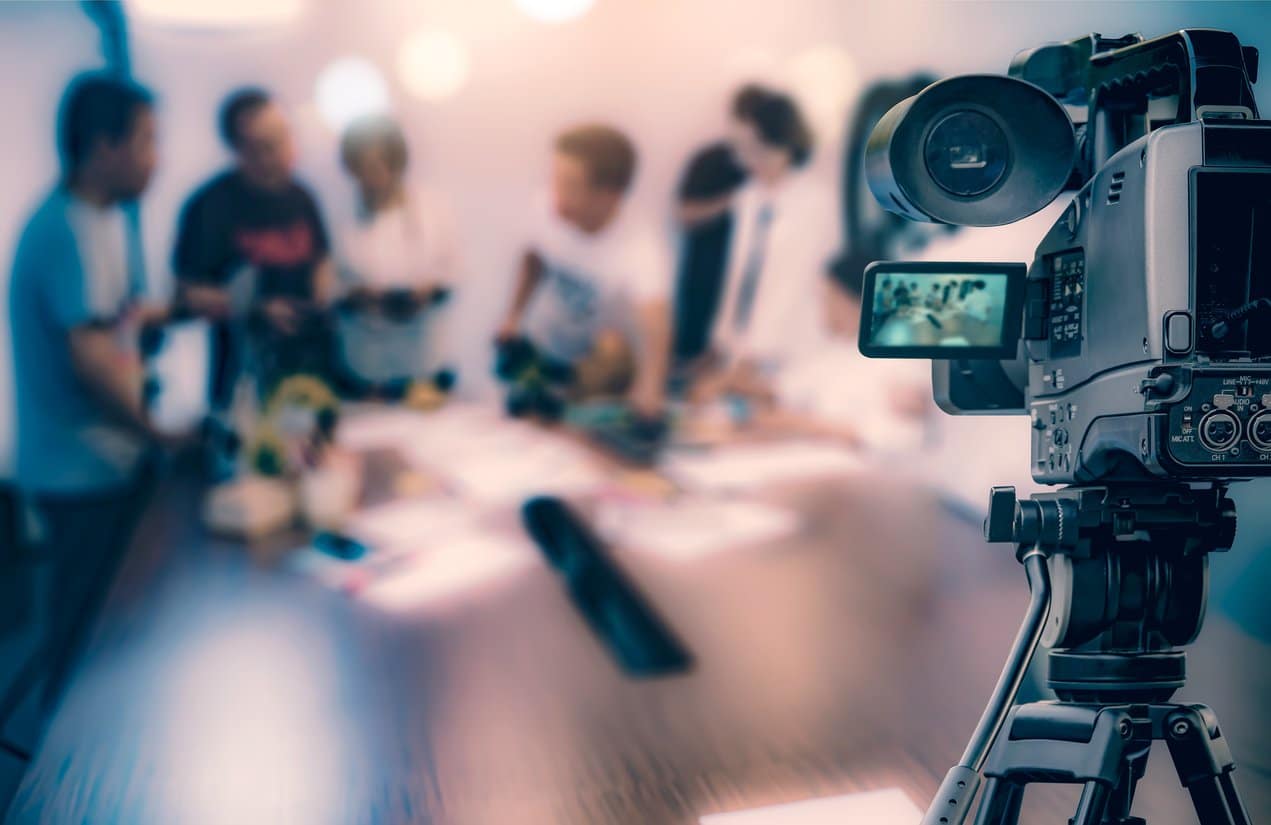Why Legal Videography Is Vital for Accurate Legal Record-Keeping
In the world of legal proceedings, the accuracy of record-keeping is extremely important, and legal videography arises as an essential tool in this context. By capturing the subtleties of spoken and non-verbal interaction, it substantially minimizes the potential for false impression that can go along with traditional written records. The conservation of authentic visual evidence not just enhances the integrity of testaments but also contributes to a thorough account of events. As we check out the diverse benefits of legal videography, one have to consider its implications for the future of judicial stability and openness.
Significance of Visual Proof
Developing the significance of aesthetic evidence in legal procedures is vital for making certain exact record-keeping and enhancing the overall integrity of the judicial process. Aesthetic proof functions as an essential device in documenting events, conditions, and other important information that may be important to a case. Unlike written accounts, which are prone to interpretation and predisposition, visual recordings offer a goal, unalterable depiction of truths as they took place.
This form of evidence can record a selection of components, consisting of witness actions, environmental context, and physical evidence, all of which might affect judicial results. By providing a clear and extensive aesthetic story, lawful videography gets rid of ambiguity and assists to maintain the authenticity of the proof.
Moreover, aesthetic evidence can be critical in minimizing disagreements over accurate disparities, as it permits a direct comparison versus statement and various other recorded records. In a period where electronic innovation is increasingly prevalent, the ability to existing visual proof effectively can dramatically improve the total high quality of legal process. Inevitably, the unification of aesthetic evidence not only bolsters the documentation process however likewise enhances public count on the judicial system by promoting transparency and responsibility.
Enhancing Testament Trustworthiness
The integration of lawful videography into court procedures dramatically improves the trustworthiness of witness testimony. By catching the nuances of spoken and non-verbal communication, video recordings give a more extensive depiction of a witness's behavior, emotions, and reliability. This aesthetic documentation allows jurors to observe the witness's body movement, faces, and overall presence, which are important elements that can affect their perception of statement reliability.

In addition, the presence of video clip footage can prevent witnesses from giving deceptive or exaggerated statements, as they are mindful that their testament is being recorded. This liability enhances the stability of the judicial process. Ultimately, lawful videography acts as an important tool in making certain that witness statement is not only accurately depicted but likewise viewed with enhanced reputation by all celebrations involved.
Comprehensive Document Preservation
Comprehensive record conservation is necessary for preserving the honesty of lawful proceedings. Lawful videography functions as a critical device in this process, offering an accurate aesthetic and acoustic account of testimonies, depositions, and various other critical minutes in a case. Unlike conventional written records, video recordings catch the nuances of body language, tone, and feeling, which are crucial for understanding the context and intent behind declarations made during lawful process.
Integrating audiovisual aspects into record-keeping improves the conservation of evidence, making certain that it continues to be undamaged and available throughout the legal process. useful source This is specifically important in situations where the integrity of witness declarations might be challenged, as aesthetic recordings can substantiate claims and supply clearness. In addition, video documents can be vital throughout appeals or additional info retrials, using an unaltered representation of the original testament.

Additionally, the ability to evaluate video proof enables lawyers to determine essential details that might have been ignored in written documents. By keeping a detailed archive of lawful procedures with videography, law practice can maintain the highest standards of accuracy and accountability, ultimately contributing to a fairer judicial procedure.
Streamlining Legal Process
Streamlining lawful procedures is necessary for enhancing performance and decreasing delays within the judicial system. Legal videography acts as a pivotal device in accomplishing this goal by giving clear and accurate aesthetic documentation of court hearings, depositions, and testimonies - legal videography. This innovation permits real-time recording, guaranteeing that all spoken and non-verbal hints are recorded, which can help with quicker resolution of conflicts
The assimilation of videography into lawful processes reduces dependence on conventional techniques, such as prolonged transcripts, which can be taxing to create and examine. By having accessibility to tape-recorded footage, lawyers can promptly reference vital minutes, improving their capability to prepare and present cases properly. This immediacy additionally assists in the clearing up of testimonies, lowering the potential for false impression.

Admissibility in Court
Accurate documents is crucial not only for effectiveness but also for ensuring that evidence is admissible in court. Legal videography works as an important tool in this procedure, giving a trustworthy visual record of testaments, declarations, and occasions. Courts often call for evidence to satisfy specific requirements of admissibility, including relevance, credibility, and dependability. Premium video clip recordings can fulfill these requirements by capturing clear audio and aesthetic details that created records may overlook.
To be regarded admissible, lawful videography must comply with established methods, such as Recommended Site proper tools use, suitable lights, and clear audio capture. Furthermore, it is important to have actually certified videographers who comprehend the lawful requirements surrounding evidence collection. legal videography. The chain of safekeeping have to also be preserved to avoid any insurance claims of meddling or modification
Furthermore, lawful videography can improve the persuasiveness of evidence by supplying jurors with a straight view of the statement, permitting an extra involved understanding of the case. In recap, the assimilation of lawful videography right into record-keeping not just supports efficiency however likewise strengthens the integrity and admissibility of evidence in court procedures.
Verdict
In verdict, lawful videography plays a crucial function in guaranteeing accurate legal record-keeping by offering unbiased aesthetic documents. Ultimately, the incorporation of lawful videography into the judicial process advertises openness and boosts public count on in the integrity of the legal system.